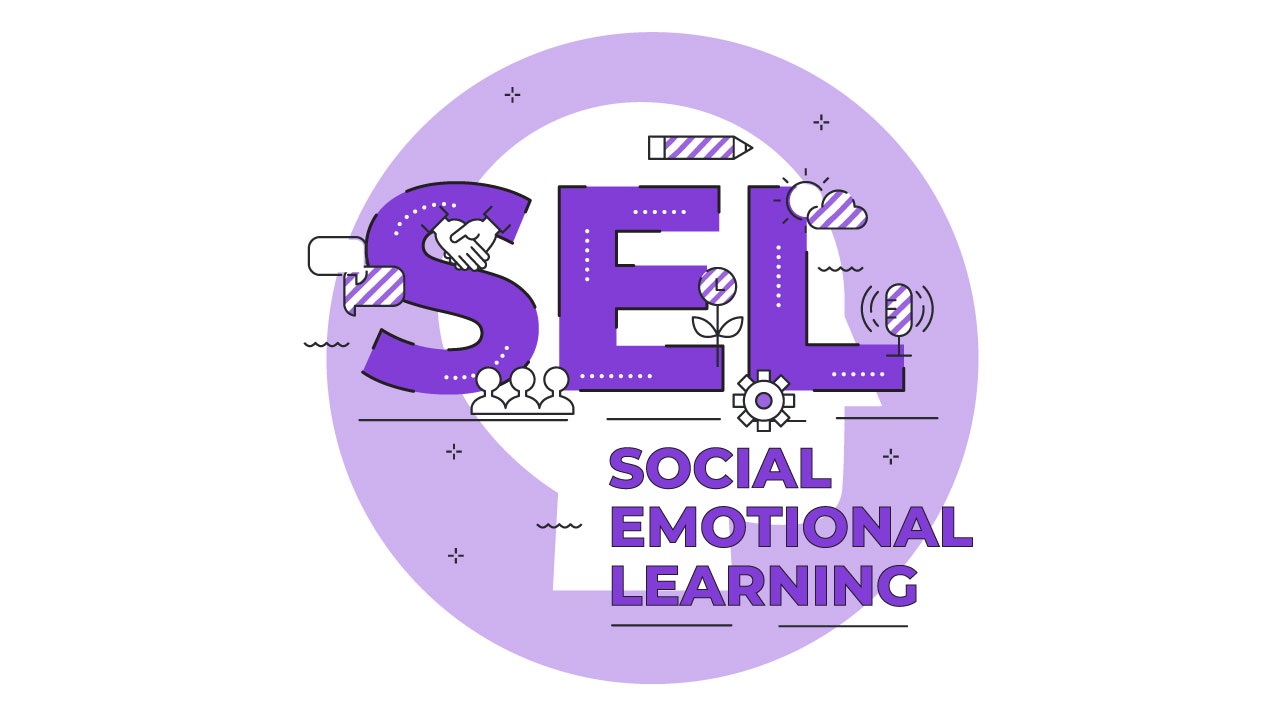
If there’s anything that education needs today is social-emotional education. Kids being innocent require support and encouragement from the teachers and staff to inculcate skills like managing emotions, controlling impulses, and nurturing a healthy and friendly relationship with the ones they surround.
Social and emotional learning help students build confidence, reflect on their weaknesses and strengths, and develop strong relationships that last good. The guardians desire the overall development after leveraging loans for student with bad credit in the UK.
The article will discuss strategies to integrate social, emotional learning in the classroom for the overall development of children.
How To Implement Social-Emotional Learning in Classrooms?
Social-Emotional Learning (SEL) refers to a journey that a student embarks on towards understanding independent self, regulating emotions, showing empathy, and coordinating behavior according to the situations.
To be precise, it is a journey of highs and lows with multiple benchmarks to achieve along the way. Let alone, students won’t achieve the milestone but accompanied by teachers assisting students with the parent’s constant catastrophe of “I need a loan but keep getting declined” to help nurture children’s efforts to fulfillment.
Well, here is how one can achieve social-emotional learning in classrooms:
1) Be an Observer
To understand what your students are experiencing, you need to observe their behavior. Thus, instead of having a quiet lunch hour in the backyard, a teacher should have lunch with students and try to figure out their in-built capabilities and talents.
The more teachers make themselves reachable to children, the more likely they are likely to share their thoughts and beliefs. It will also encourage closeness between peers.
2) Promote Journal Writing
Reflective general writing is a great way to promote social-emotional learning. It is ideal for kids with varied temperaments and abilities. In addition, it provides a common ground for development. Writing a journal helps them realize their thoughts and emotions and helps transform their overall personality.
Furthermore, it lies within the prerogative of the teachers to create a healthy, soothing, and inspiring environment for children that promotes relaxation and aids writing efforts.
Writing and sharing experiences with their classmates help a child open up about their thoughts and showcase their creativity. Guardians could leverage short-term loans online to ensure unrestrictive child development and ensure a bright future for their kids.
3) Stimulate discussion
Prepare guiding questions and share the talking piece with students when practicing social-emotional learning. Sharing personal experiences with children helps them connect better with students and helps them drive the conversation further by stating some compelling examples from personal experiences.
Conduct a formal interview that is focused on listening and conversational skills. Learning about their classmates will help broaden their perspective and help derive the fact that everyone is different in abilities and skills and that no two people hold the same personality.
4) Grant Children opportunity to develop Skills
Social-emotional learning in the classroom is challenging but rewarding at the same time. You can nurture social, emotional learning among kids by hosting a 15-minute skit preparation and asking children to join the group and create a skit script.
In this way, they will brainstorm ideas together and innovate accordingly to present the best skit in the class. You can try the affirmation technique among students and ask children to write one or two empathetic words to their classmates. It will help promote different perspectives and develop thinking and observation abilities among children.
5) Practice active listening among children
Active listening activities are also important for promoting emotional and social learning. It is a skill that is required in all areas of student and professional life.
Active listening helps gain clarity over different situations in life, like whether one should go for loans for students with bad credit in the UK or what should be done if “I need a loan but keep getting declined”.
Here is how you can promote active listening activity among students:
- Maintain eye contact while talking about thoughts
- Avoid every distraction which could affect developing listening skills
- Maintain body gestures while listening actively to the speaker
- Ask questions of the speaker and comment on the speaking ability
- Smile, and show familiar facial expressions to make them believe you are relishing the extempore.
- Encourage the speaker to continue by appreciating the efforts
6) Help Students monitor their progress independently
Set personal, emotional, and intelligence goals by creating a timetable and working accordingly. Ask them to evaluate their performance by being true to themselves. It will help promote independence and grant them ownership of their writings. Promote re-changing of goals and progressive monitoring among children. Let the children ask themselves:
- Am I performing my best?
- Where could I have improved my performance?
- How do I want to achieve my goals?
- What are my strengths and weaknesses?
This self-questioning will help children learn about their skills and talents and pave a route to achieving these goals through the teacher’s guidance. And, of course, use the best of short-term loans in Ireland.
7) Practice problem-solving skills with children
If a child is encountering issues arriving at a decision or figuring out the best way to solve it, avoid falling into the instinct of solving it right away. Instead, encourage children to solve the questions through a 10-minute thinking policy.
Well, teachers can help students but after granting them the opportunity to brainstorm about the problem and find suitable solutions to it. Promote discussion among classmates to solve the issues. Or you can hold interactive activities like characters, art, or holding a debate.
8) Practice mindfulness with children
Using mindfulness in class is an amazing practice for improvising on things or tasks before performing them. It facilitates patience and strategy-making among children. Moreover, mindfulness helps children keep calm during a test and eliminates the fear and nervousness that come along with it.
Some children aren’t aware of how to deal with anxiety issues. Teaching mindfulness can assist children in developing their minds and focusing on one thing with a relaxed frame of mind. Thus, using the best loans for students with bad credit in the UK. Children’s fears need to be addressed immediately to avoid major health or psychological issues in the future.
9) Facilitate growth mindset among children
Making children develop and embrace a growth mindset is one of the essential techniques of social, emotional learning. Embracing a growth mindset by a child helps kids and young adults believe that one can accomplish everything with hard work, unbreakable strategies, and persistence in the long run.
Mindset is everything to nurturing a student’s growth. Thus, teachers need to facilitate a growth mindset among children and help eliminate any fears of self-assurance among kids. For example, let your children say:
“Maths is tricky, but I can crack it if I pay attention to the minor details consciously and point out the reasons for the mistakes I’m making. It will help me grow and eliminate every fear of solving equations.”
Using short-term loans online to benefit kids will further help parents.
10) Set SMART Goals for children
Promoting SMART goals among children is a great way to promote self-motivation among students. What does one mean by SMART goals?
- S – Specific
- M-Measurable
- A- Agreed-upon
- R- Relevant
- T- Time-bound
Setting SMART goals helps children achieve the impossible by walking past the challenges and fulfilling a task within or before the deadline. The teachers should reward one for accomplishing their SMART goals and encourage the non-achievers towards the ultimate achievable goals.
So, these were some strategies for inculcating and introducing social-emotional learning in classrooms. It is a critical skill for the holistic development of children towards developing into better individuals.

Jessica Rodz is the Senior Content Writer at Cashfacts. She has a long career in the field of content writing and editing. Jessica has the expertise in the UK lending marketplace where she has worked with 7 different lending organisations and acquired many responsibilities from preparing loan deals and writing blogs for their websites.
At Cashfacts, Jessica is managing a team of experienced loan experts and doing a major contribution in guiding the loan seekers via well-researched blogs. She has done graduation in Business (Finance) and now currently doing research papers on the UK financial sector.





